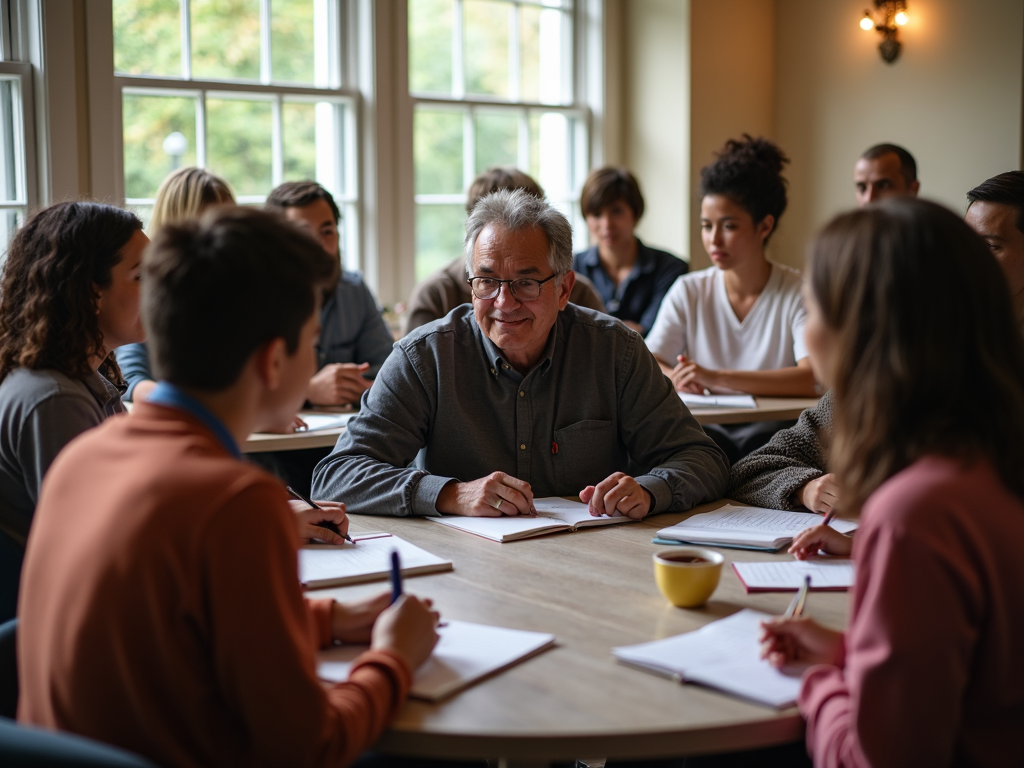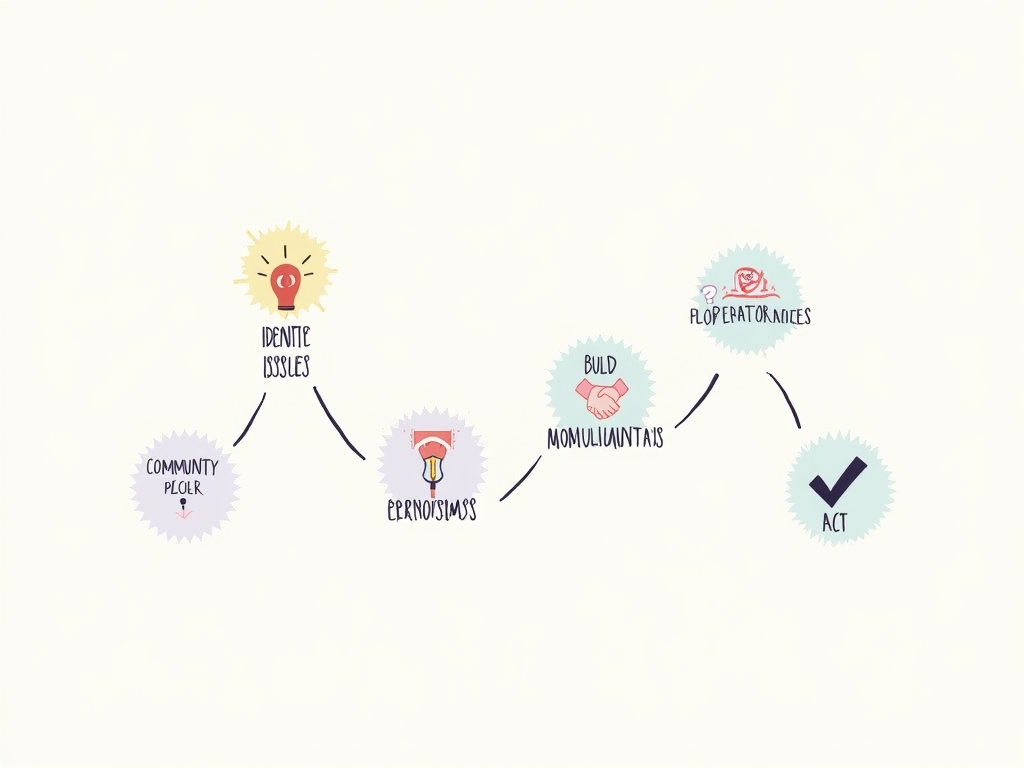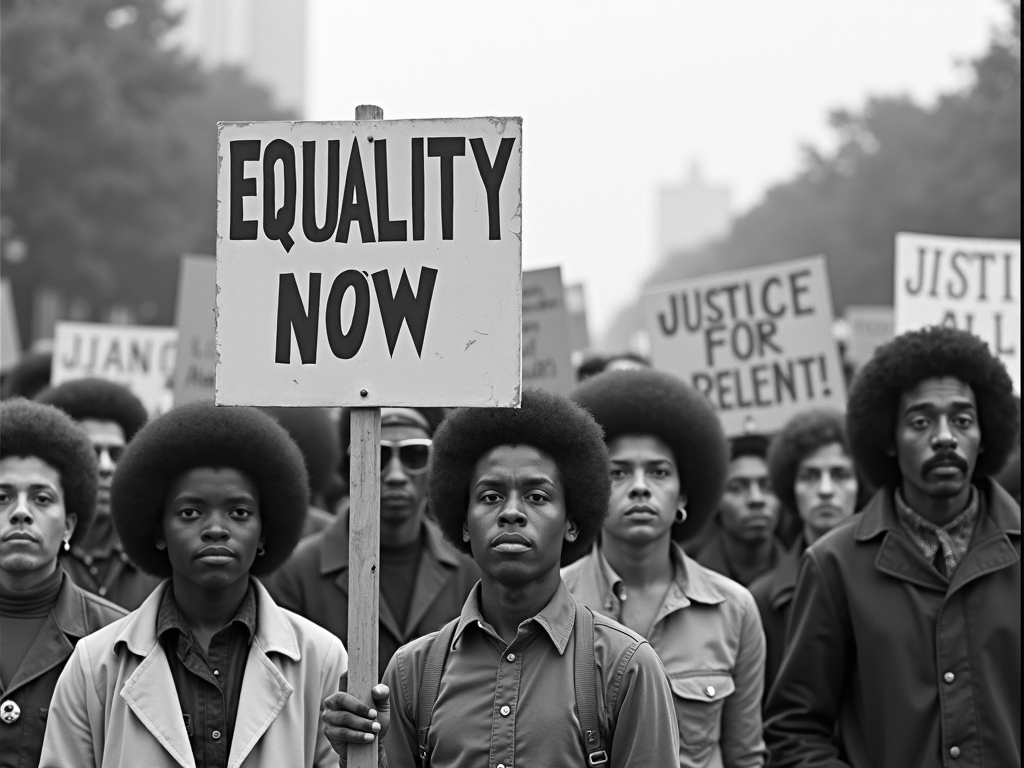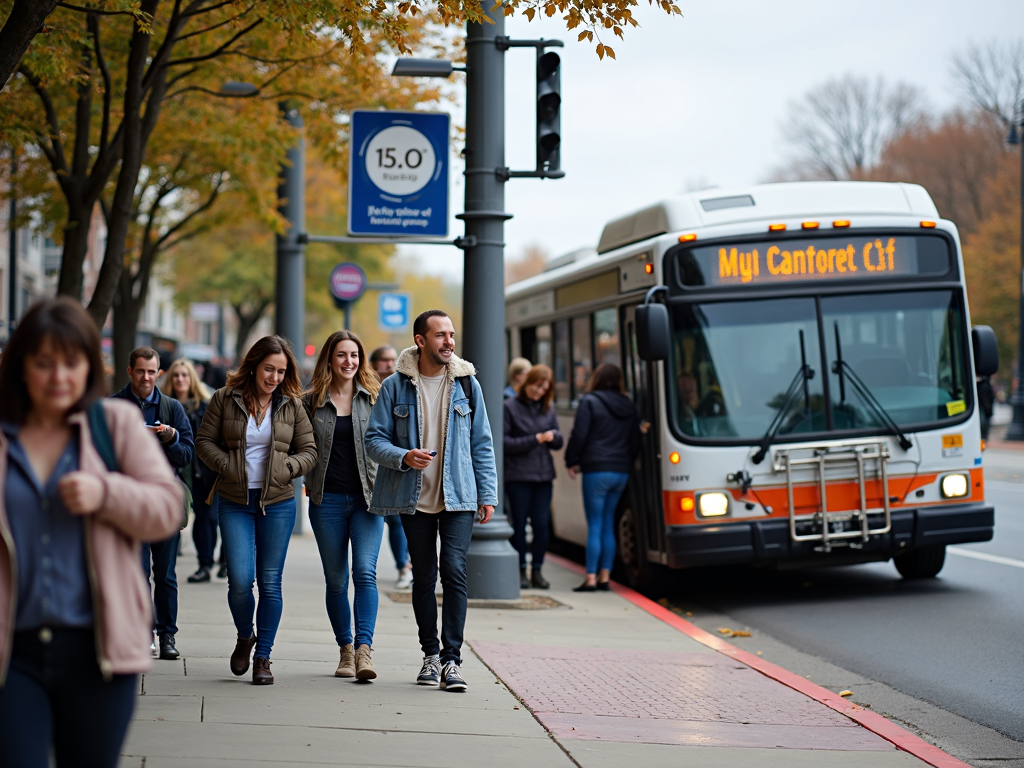The Power of Community Organizing: A Beginner’s Guide
By , July 1, 2025
Introduction
Community organizing is a powerful way to spark change. It brings people together to tackle shared problems and push for solutions. Whether you care about better schools, cleaner parks, or fair policies, this guide will show you how to get started. Let’s dive into The Power of Community Organizing: A Beginner’s Guide and explore how you can make a difference.

What is Community Organizing?
Community organizing means uniting people to solve problems they care about. It’s about finding common goals, gathering support, and taking action together. Think of it as a team effort to fix what’s broken in your neighborhood or beyond.
Here’s what it involves: - Spotting Issues: Find out what bothers people around you. - Connecting: Build trust with others who feel the same. - Acting: Plan and carry out steps to change things.
I once joined a group to clean up a local river. It started with a few of us talking, and soon dozens pitched in. That’s community organizing in action!

Why Community Matters in Advocacy
Advocacy works best when people team up. One person can speak out, but a group gets heard. Why Community Matters in Advocacy is simple: it gives you strength, support, and a louder voice. Together, you can push for laws, raise awareness, or demand action.
- Strengths of a Group:
- More people mean more attention.
- You share skills—like planning or speaking.
- Everyone keeps each other going.
When I helped organize a petition for safer streets, our group of 20 grew to 200. That size made officials listen.
The Power of Community Organizing
History shows how strong this can be. Take the civil rights movement: everyday people—teachers, students, workers—joined forces. Their marches and protests changed laws and lives. Closer to home, I’ve seen neighbors rally to save a community garden. In months, they turned a bulldozer threat into a protected green space.
These stories prove The Power of Community Organizing: A Beginner’s Guide isn’t just words—it’s real impact.

Advocacy Made Simple: How to Influence Change
You don’t need to be an expert to start. Advocacy Made Simple: How to Influence Change begins with small steps:
- Pick Your Cause: What fires you up? Maybe it’s fixing potholes or fighting pollution.
- Learn More: Dig into the problem. Who’s affected? What’s the fix?
- Find Allies: Talk to friends, neighbors, or online groups who agree.
- Plan: Choose an action—like a meeting or letter campaign.
- Get Moving: Spread the word and act together.
- Check Progress: See what works and tweak your plan.
I started by hosting a coffee chat about park safety. Ten people came, and we ended up with a plan that worked!

Advocacy in Action: How to Make a Difference Beyond Direct Service
Helping one person—like tutoring a kid—is great, but organizing can fix bigger issues. Advocacy in Action: How to Make a Difference Beyond Direct Service means changing the system. For example, instead of just feeding the hungry, push for laws that end hunger.
| Approach | What It Does |
|---|---|
| Direct Service | Helps people right now (e.g., food drives). |
| Advocacy | Fixes the cause (e.g., better wages). |
A group I know lobbied for bus routes. Now, hundreds get to work easier every day.

Conclusion
Community organizing turns ideas into action. It’s about joining hands, speaking up, and building something better. The Power of Community Organizing: A Beginner’s Guide shows you how to start small and grow big. Try it—gather a few people, pick a goal, and watch what happens.
Recommended Readings: - Rules for Radicals by Saul Alinsky - A classic on organizing basics. - Organizing for Social Change by Kim Bobo et al. - Practical tips for beginners. - The Empowerment Manual by Starhawk - Building strong community teams.